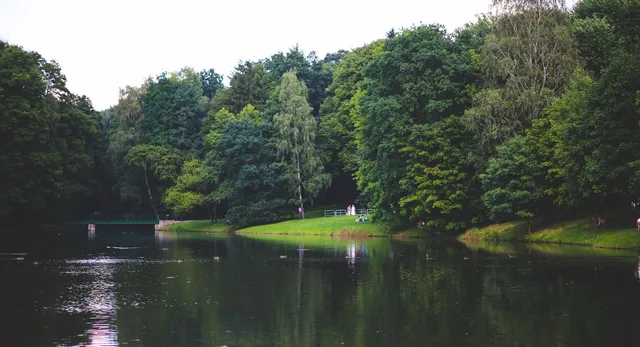- By Kamakshi Bishnoi
- Wed, 19 Mar 2025 12:27 PM (IST)
- Source:JND
Rampant administrative negligence and corruption have led to the disappearance of water bodies in the capital, with many falling victim to encroachment. Restoring these water sources by removing illegal structures remains a major challenge, as the authorities appear helpless in tackling the issue.
A report submitted by the Delhi Wetland Authority to the National Green Tribunal (NGT) highlights the severity of the situation. According to the findings, 50 per cent of the city’s recorded water bodies have vanished. Revenue records from 2021 listed 1,045 water bodies, and Geospatial Delhi Limited (GSDL) later identified 322 additional ones using satellite imagery, bringing the total to 1,367 on paper.
However, the ground reality is far worse—only 631 of the original 1,045 exist today, and out of the 322 identified by GSDL, just 43 are still visible. This means that only 674 water bodies currently exist in Delhi, many of which are in a deteriorated state.
A survey by the Ministry of Jal Shakti (Water Resources) two years ago found that merely 237 of these water bodies are usable. Due to encroachments, pollution, and lack of conservation efforts, most water bodies have either disappeared or become unfit for water storage.
READ MORE: Sarnath Monks Demands Control Of Bodh Gaya Temple, Plans Protest On March 23
Illegal land occupation by private individuals and construction by government agencies have further worsened the crisis. Additionally, dumping of garbage has destroyed many remaining water bodies, with conservation efforts largely limited to paperwork rather than real action.
Government agencies, industries, and common citizens continue to pollute many of these water bodies by dumping waste, further exacerbating the problem. To ensure their protection, these water sources need to be notified under the Wetlands (Conservation and Management) Rules, 2017.
The Delhi Wetland Authority has identified 20 key water bodies, including Sanjay Lake, Hauz Khas Lake, Bhalswa Lake, Tikri Khurd Lake, Welcome Lake, Dariyapur Kalan, and Sardar Sarovar Lake, for inclusion under this rule. However, not a single one has been notified so far.
According to Diwan Singh, convener of Natural Heritage First, Delhi's water bodies are disappearing due to a lack of political will. He highlights that communities are not allowed to revive water bodies, while the government remains unwilling to take action. If citizens try to restore them, they are stopped under the pretext that these are government properties.
Singh suggests that in planned colonies like Rohini, Dwarka, and Vasant Kunj, where sewer lines and storm drains are separate, some effort could save the existing water bodies by directing clean stormwater into them. However, even this basic step is being ignored. Despite the Delhi High Court’s 2000 order to revive more than 600 water bodies, no significant action has been taken to date.

